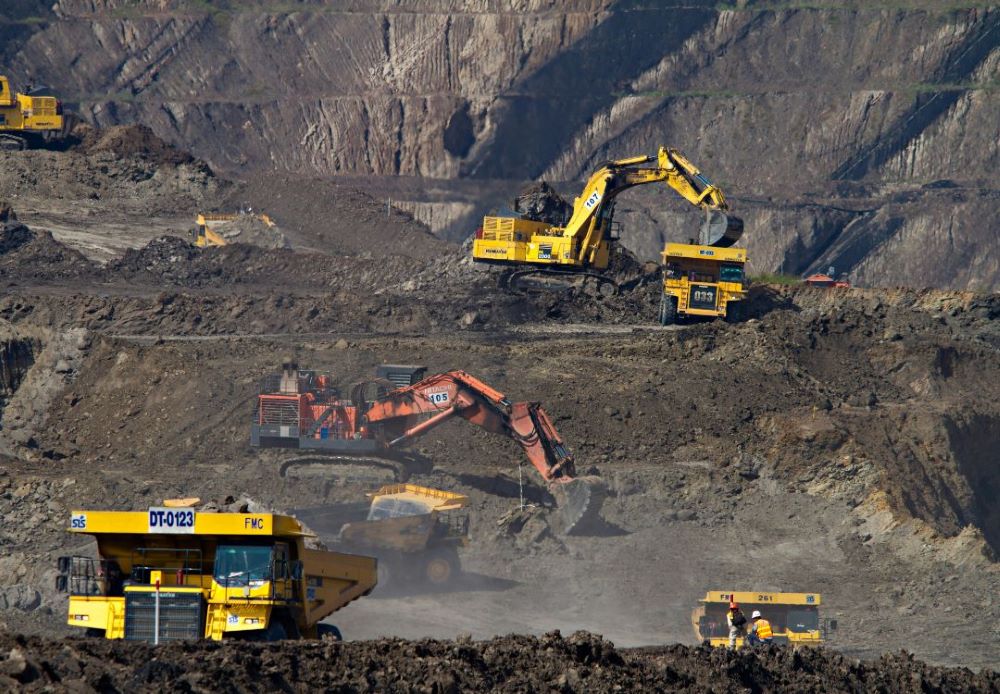Navtech Radar’s place in mining automation not ‘one size fits all’


Automation in the mining industry has tremendous potential to control costs and create a safe workplace. But as Sam Wood, head of product management IA and autonomous vehicles for Navtech Radar notes, there is no ‘one size fits all’ solution.
Mining customers, ranging from large-scale operations to smaller enterprises, are increasingly recognizing the importance of having a flexible system. Traditional automation solutions, often characterized by proprietary and closed systems, limit the ability of end-users to tailor the technology to their specific operational needs.
While this undoubtedly has been a force for good, the problems come when the very different needs of local mining conditions and environment require a more nuanced approach to automation, one which is bespoke to local requirements. What these mining operators need, and value, is control of their autonomy and customization. Unfortunately, what quite often happens is the European or American manufacturers of mining equipment prefer to provide a ‘black box’ solution.
When building a scalable, global manufacturing solution it is understandable why a degree of standardization might bring economies (and profit), but it is not necessarily what the end user is looking for, for a number of reasons.
One size does not fit all
Each mine has its own bespoke geography and operational processes, ones which are not entirely compatible with a one size fits all proposition. What local operators are looking for is the flexibility to adjust to fit local needs. As a consequence, many end users will resort to designing their own automation solutions, a reality compounded by the fact that those doing so are mining professionals and not autonomy experts. Add staff turnover into the mix, and it is easy to lose the in-house expertise needed to support and develop that solution for the future, let alone the cost of doing so.
The solution lies in the expertise of systems integrators, who are local to the end user and who will work with them to implement a customizable solution, with open-source access to data.
With an open data access software development kit (SDK) you get the full picture from the sensors, in our case near-distance (millimetre band) radar. It is similar to having a camera in your hand, and when you take a picture that data tells you ‘there’s a picture of a house.’ With raw data, you will be given all the additional information required to help inform decision-making, so the data you receive is more likely to be, ‘there’s a house with a blue door, four windows at the front, and a black car is parked on the drive to its left.’
Access to raw data empowers the systems integrator and end user greater flexibility to make decisions based on what they believe is most useful for that particular setting or application. In this way, the systems integrator becomes the technology partner – who importantly is also sensor-agnostic – allowing them to integrate multiple sensors seamlessly for interoperable mining automation systems.
While autonomy has been a game changer for mining, it can also be costly when incorrectly deployed, or when a one size fits all application has been installed.
However, working with a systems integrator will not only mean faster reaction to faults, but a reduction in faults occurring in the first place because conversations have already been had between that integrator and the mining company, the raw data analyzed, and the systems programmed for the local tasks at hand.
This applies across all mining autonomy applications, such as stacker reclaimers, anti-collision systems, profile monitoring on bucketwheel machines, and crushers as applications and environments change over time.
One day something might change within the environment, and suddenly the system's not working as it did previously. For example, a laser scan system may see the reflectivity of the ore at one level, so it works well. The next day, you start digging for new ore which has a different colour and the whole system falls over because it is not optimized for that colour or there is more dust in the air because the product is dryer.
Let’s be more open in mining autonomy
By providing unrestricted access to a wealth of information, open data access allows mining companies to optimize their operations and make informed decisions. As alluded to, however, this needs to be done in conjunction with a local systems integrator, with easy access to onsite operations – not on the other side of the world – as downtime is extremely costly, often running in to the hundreds of thousands of dollars, pounds, or whatever.
It could be argued that typical mining applications are not really typical at all. Stacker reclaimers, anti-collision systems, profile monitoring on bucketwheel machines and anti-collision on ship loaders to name just a few demand customized requirements and access to raw data. Combined with local support, not only are mining operations future-proofed and productivity and safety enhanced, but risk is also minimized. And when risk is minimized in mining, so is the likelihood of sever financial penalty.
For more information, visit Navtech Radar’s mining site.
Comments